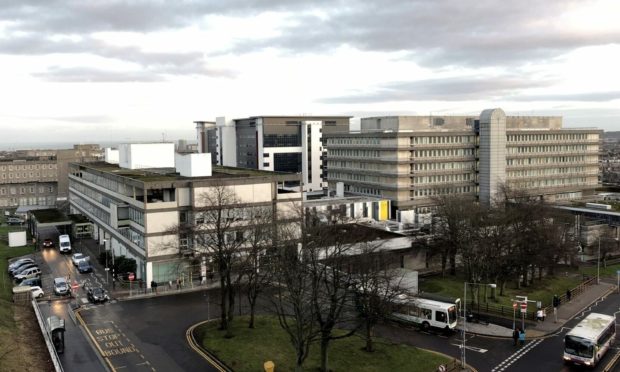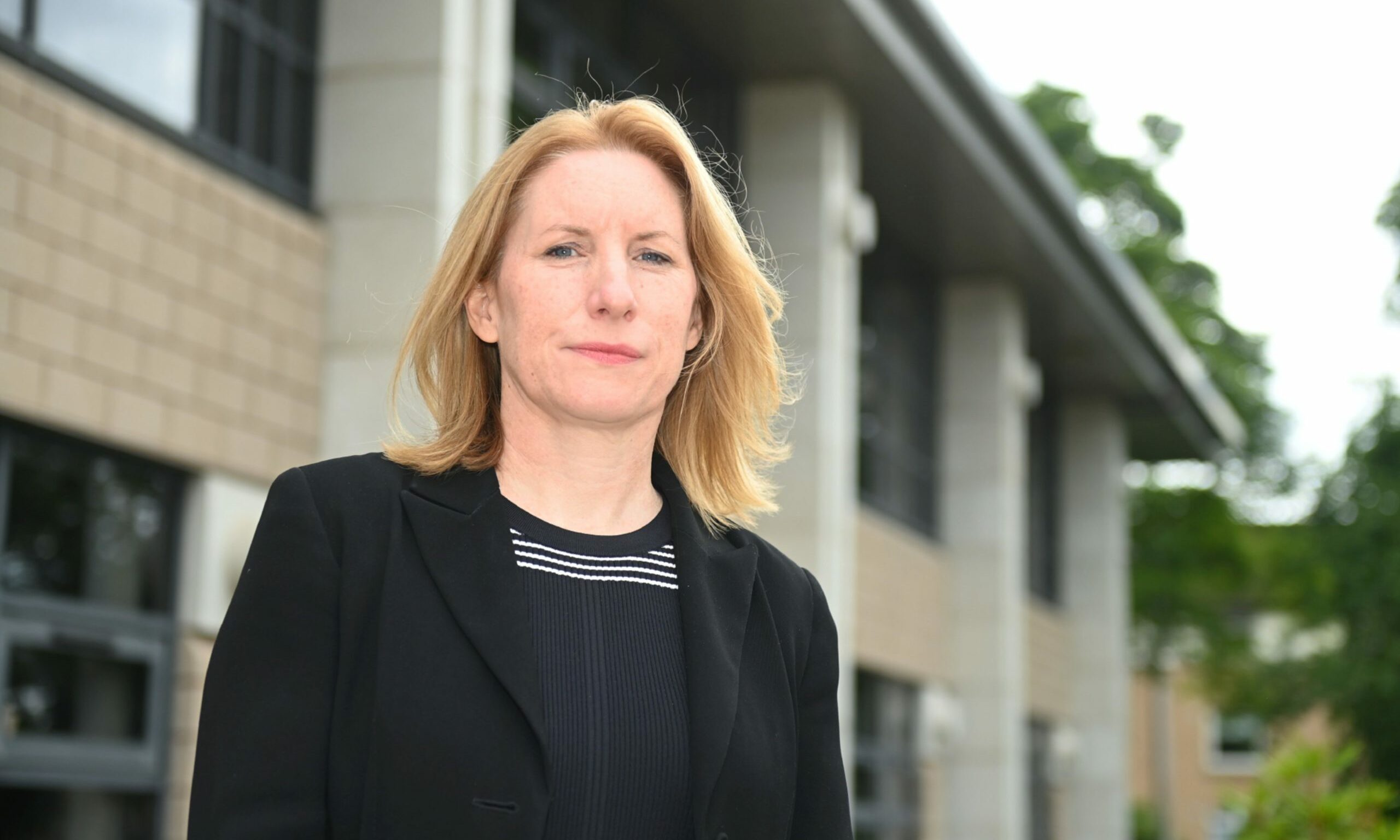NHS Grampian has approved the first steps of a major plan to revamp health and social care services over the next six years.
Health chiefs heard this morning how the pandemic has had a significant impact on the health and wellbeing of the north-east, and also NHS staff specifically.
In response, and to better prepare for the future, its new plan will ensure it is prepared to tackle ongoing and arising challenges like Covid-19.
Some of the challenges it aims to tackle include the waiting list backlog, stretched workforce and financial pressures.
However, many of the finer details will be further developed in the coming weeks, with the first 12-month plan to be submitted to the Scottish Government in late July.
Why does NHS Grampian need this future plan?
Called The Plan for the Future, bosses hope it will create a “sustainable direction” for how care is delivered through to 2028.
Although some of the issues outlined in the paper have challenged the health board years before Covid, the pandemic further exacerbated them.
According to the document, they expect some major challenges:
- Waiting lists to grow by “as much as 13,000 per year”.
- In the next five years, the current 1% workforce growth is “insufficient to keep up with demand”.
- NHS Grampian is also expecting an annual financial gap of £60 million by 2026.
Speaking at the meeting earlier, chief executive Caroline Hiscox said: “We know going forward there are going to be significant financial constraints across the public sector.
“It’s going to require us to make some difficult choices at points moving forward.
“And that will be relatively soon.”
Workforce concerns
The health board has highlighted that a national plan to grow the workforce by 1% – the equivalent of 1,800 full-time staff – won’t be enough to help it meet demand going forward.
Last month Prof Hiscox told us how concerns like the “health debt” that’s built up in recent years is taking its toll on services.
Her comments followed a staff survey in which more than half admitted they were unhappy with their role at NHS Grampian.
Of the reasons given, understaffing was by far the most common complaint.
The topic was also discussed earlier this year, when staff said a 20% increase in NHS Grampian staff – largely in Covid-related roles likes vaccination and contact tracing – weren’t being felt “on the ground”.
Since then, work to identify vacancies and fill the roles faster has escalated, and talks have taken place with universities on how new staff can be better supported.
How will NHS Grampian tackle these challenges?
To achieve this vision, the health board is placing its focus on an initiative called “people, places and pathways”.
These categories include:
- People: engaging the public in an ongoing conversation to co-create the future of their healthcare.
- Places: create environments (both social and physical) that are helpful to promoting health and wellbeing.
- Pathways: ensure those seeking care are well informed with honest and transparent details.
The health board has already consulted with thousands of people over its future direction, and will lay out more details for these next steps in the coming weeks.
This updated plan will be put to the Scottish Government by July 29.
More health news…
Cost of delayed Baird Family Hospital and Anchor Centre rises another £12m
Exclusive: NHS Grampian plans to ‘revolutionise’ healthcare – but overworked staff need more support


Conversation